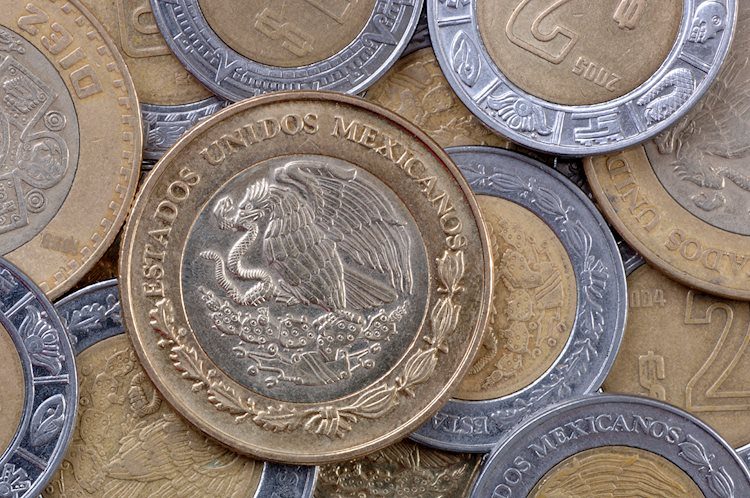The Mexican Peso (MXN) has faced a dip in its major trading pairs following an assassination attempt on Donald Trump. The incident led to a rise in US Treasury yields and the US Dollar (USD), causing the Peso to weaken. However, Trump’s poll ratings improved after the attack, indicating a potential win in the upcoming election which could lead to trade tariffs affecting Mexican imports negatively impacting US-Mexico trade relations. Currently, one USD buys 17.77 Mexican Pesos, EUR/MXN trades at 19.36, and GBP/MXN at 23.03.
The Mexican Peso regained some of its losses after comments from Omar Mejia, the Deputy Governor of the Bank of Mexico (Banxico), who voted for a rate cut at the last June meeting. Mejia’s comment suggested that rate cuts should be gradual, easing concerns of a significant drop in interest rates. The Banxico’s policy rate stands at 11.00%, which is one of the highest in developing countries, leading to increased capital inflows and strengthening the Peso.
Technical analysis shows that USD/MXN is showing signs of a bullish reversal. The pair found support at the 50-day Simple Moving Average (SMA) at 17.65 and formed a green up day on Monday, indicating a potential bullish phase. Additionally, the pair might have completed a Measured Move (MM) pattern, suggesting a short-term uptrend. However, a break below the 50-day SMA could confirm a short-term downtrend leading to a probable decline in the pair.
The Mexican Peso’s value is influenced by various factors including the performance of the Mexican economy, policies set by Banxico, levels of foreign investment, remittances from Mexicans abroad, and geopolitical trends. Additionally, factors like nearshoring, oil prices, and economic data releases play a significant role in determining the value of MXN. Banxico’s main goal is to maintain inflation at low and stable levels by setting appropriate interest rates. Higher interest rates are typically positive for the Mexican Peso as they attract more foreign investment.
As an emerging-market currency, the Mexican Peso tends to perform well during risk-on periods when market risks are low, attracting investors looking for higher risk investments. However, the Peso weakens during market turbulence or economic uncertainty as investors seek more stable assets. Overall, the Mexican Peso’s value is impacted by a combination of economic, geopolitical, and market-related factors influencing its performance in the currency markets.





















